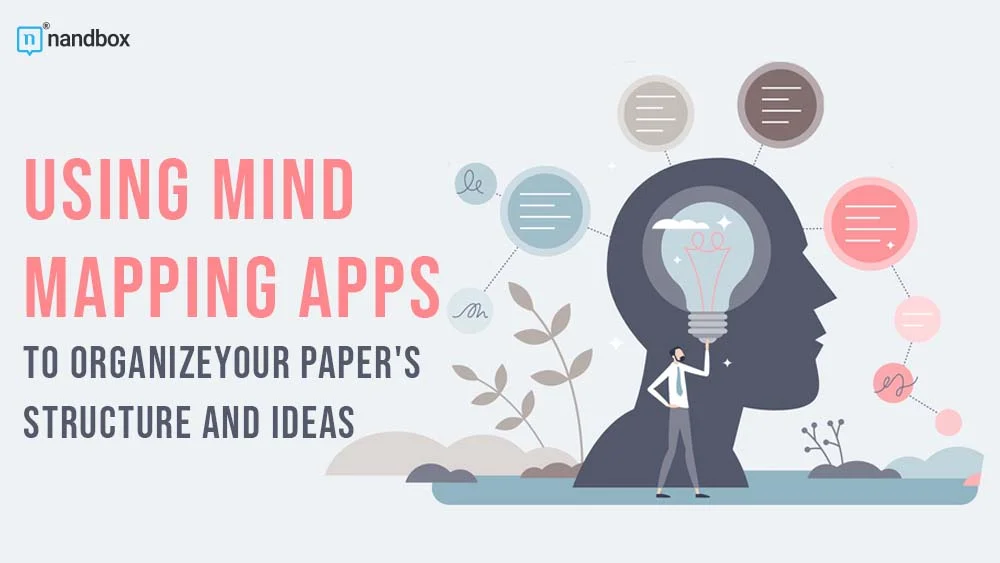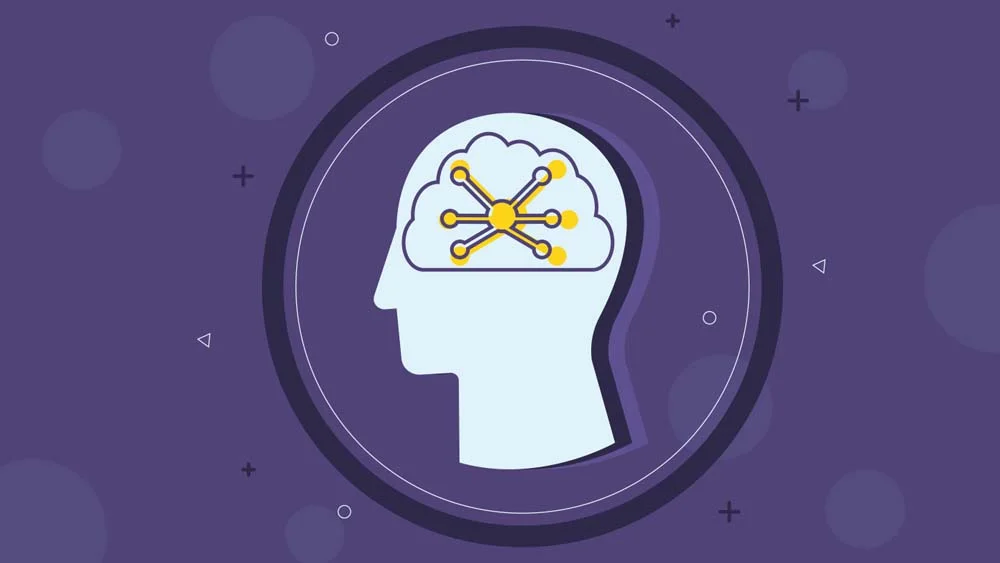In the world of scholastic writing, business is crucial to crafting clear, significant, and engaging files. However, with the complexity of ideas and details related to research study and writing, it can often be challenging to maintain a structured approach. Standard methods like information and bullet points have their advantages, but they may not constantly catch the dynamic and interconnected nature of concepts. This is where mind mapping apps come into play, providing a visually easy-to-use method to organize ideas, brainstorm ideas, and create summary paper structures. In this post, we’ll have a look at the benefits and strategies of using mind mapping apps to arrange your paper’s structure and ideas, opening brand-new levels of creativity and effectiveness in your composition. For those seeking to enhance their research process, consider the option of buy research papers, which can offer valuable insights and perspectives to enrich your academic work.
Understanding Mind Mapping
Mind mapping is a technique that visually represents hierarchical relationships in between concepts, ideas, and details. At its core, mind mapping mirrors the technique by which our brains naturally set up and connect information, making it a dependable tool for conceiving, planning, and arranging ideas. This approach to relationship mapping helps in better understanding and organizing interconnected ideas. Unlike basic direct descriptions, mind maps utilize branches, nodes, and visual aspects to illustrate relationships and connections between principles. This non-linear method permits greater versatility and imagination in organizing and checking out ideas, making it ideal for academic writing tasks
Checking Out Mind Mapping Apps
There is a huge variety of mind mapping apps used for desktop and smart phones, each offering special functions, performances, and user interfaces. Some popular alternatives consist of MindMeister, XMind, and MindNode, among others. When selecting a mind mapping app, it’s necessary to think of aspects such as ease of use, compatibility with your devices, and integration with other tools and platforms. In addition, try to find features like cloud syncing, cooperation, and personalization alternatives to customize the app to your particular requirements and choices.
Getting Going with Mind Mapping
Starting with mind mapping is easy and simple, even for novices. A great deal of mind mapping apps offer easy-to-use interfaces and easy-to-use tools for producing, customizing, and arranging mind maps. To start, start by recognizing the primary theme or topic of your paper and establishing a main node or branch to represent it. From there, branch out into subtopics, supporting principles, and vital concepts, adding branches and nodes as required to capture the full scope of your paper’s material. As you brainstorm and set up ideas, do not hesitate to explore colors, icons, and images to boost the visual appeal and clarity of your mind map.
Organizing Paper Structure with Mind Maps
Among the primary advantages of using mind mapping apps in academic writing is their ability to help you detail the structure of your paper efficiently. Mind maps provide a bird’s-eye view of your paper’s company, allowing you to see how concepts are interconnected and how they stream from one section to the next. Start by explaining the main sections of your paper, such as the intro, body paragraphs, and conclusion, and then drill down into each area to expand the bottom lines, arguments, and proof. Use branches and nodes to arrange essences, supporting information, and shifts, ensuring a reasonable and meaningful circulation of details throughout your paper.
Getting Concepts and Detailing Content
Beyond arranging paper structure, mind mapping apps are essential tools for producing concepts and setting out material. Whether you’re conceiving paper topics, checking out research study concerns, or developing thesis declarations, mind maps provide a versatile and vibrant platform for recording and arranging your ideas. Use branches and nodes to check out different angles, perspectives, and approaches to your subject, adding notes, links, and attachments to support your concepts. As you fine-tune your thoughts and concepts, you can quickly rearrange and reorganize them within the mind map, permitting iterative development and enhancement of your paper’s material.
Collaborating and Sharing Mind Maps
Another benefit of using mind mapping apps is their capability to assist in partnership and sharing amongst peers, trainers, or partners. Lots of mind mapping apps use collective features that permit various users to deal with the specific same mind map at one time, making it simple to brainstorm concepts, share feedback, and team up on jobs in real-time. Furthermore, most mind mapping apps enable you to share your mind maps with others through email, social media, or cloud storage platforms, guaranteeing smooth interaction and cooperation across groups and disciplines.
Incorporating Mind Maps into the Composing Process
When you have actually arranged your paper’s structure and described its product using a mind map, the next action is to incorporate it into the writing treatment. Use the mind map as a roadmap for your writing, referring back to it regularly to ensure that you remain on track and cover all the bottom lines and arguments detailed in the map. You can utilize the mind map to help the drafting procedure, broadening each section of your paper based upon the principles and insights recorded in the map. As you compose, do not hesitate to revisit and customize the mind map as needed, making changes and refinements to reflect changes in your paper’s product and business.
Making The Most Of Efficiency and Imagination
Eventually, the goal of using mind mapping apps in scholastic writing is to improve efficiency and creativity. By offering a visual structure for arranging concepts, mind maps help you simplify the research study and composing procedure, conserving time and reducing cognitive load. Additionally, mind maps promote imagination by enabling you to check out connections, produce originalities, and method problems from different angles. Whether you’re making up a research paper, essay, or thesis, integrating mind mapping into your composition can help you launch your creativity and produce more impactful and engaging academic work.
Conclusion
In conclusion, mind mapping apps supply an effective and versatile tool for arranging your paper’s structure and concepts in academic writing. By leveraging the visual nature of mind maps, you can conceptualize principles, summary content, and arrange details in a flexible and instinctive way. Whether you’re a student, scientist, or teacher, integrating mind mapping into your composing procedure can help you improve efficiency, promote creativity, and produce more arranged and engaging documents. So why not give it a try? Check out the world of mind mapping apps and unlock brand-new levels of imagination and performance in your academic composing journey.





